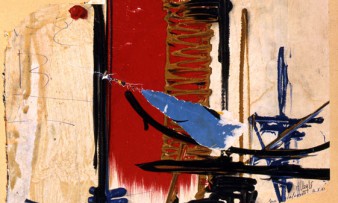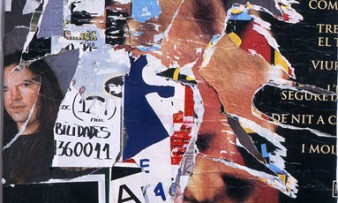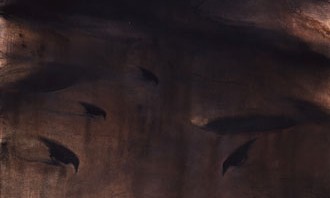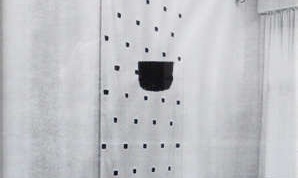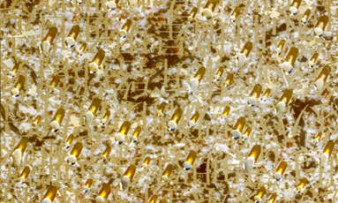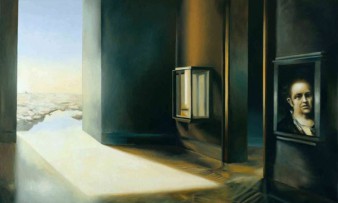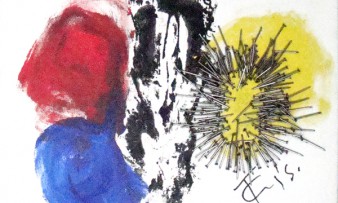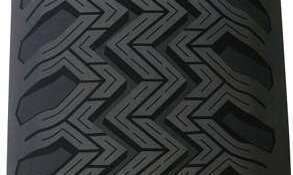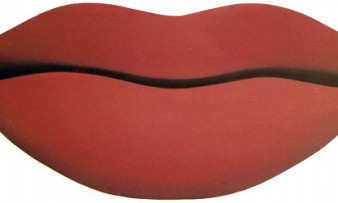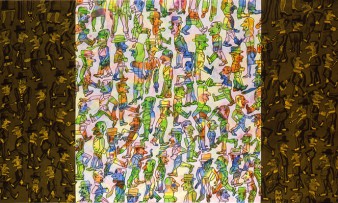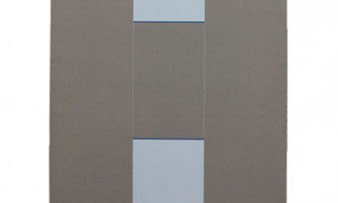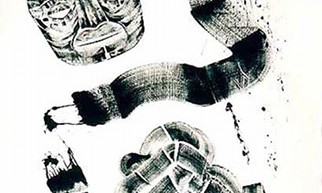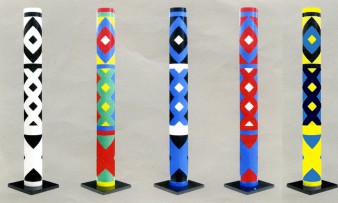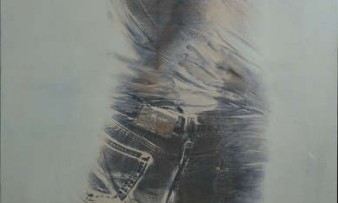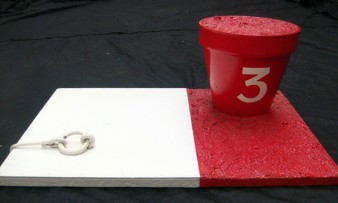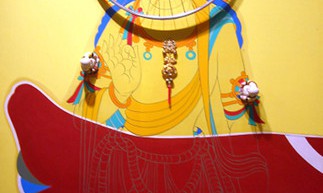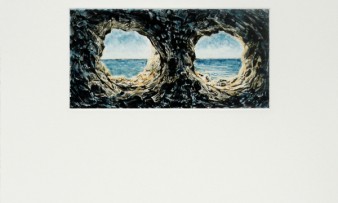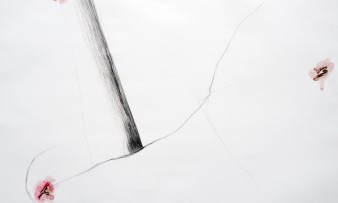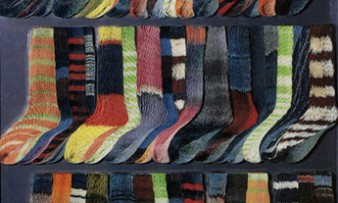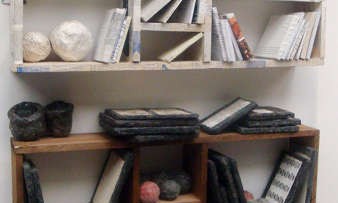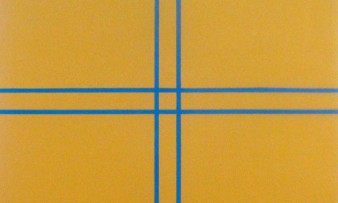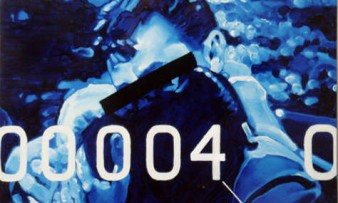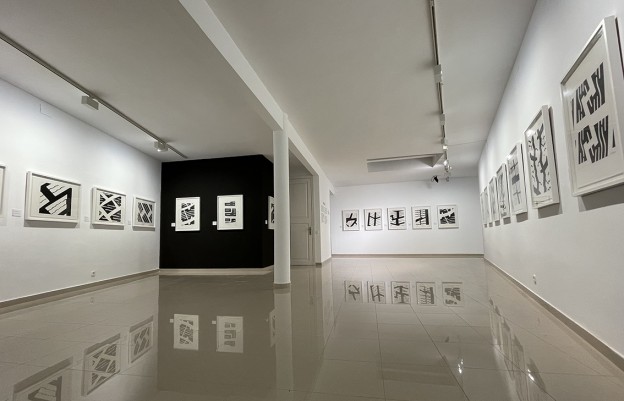The exhibition ‘Vibrances’ shows acrylics in black on white by the Swiss artist, accompanied by a display of 30 works by artists from the collection
The Stämpfli Foundation presents 21 recent works by Peter Stämpfli, made in acrylic paint and never seen before in Catalonia, such works configure the exhibition Vibrances, which opens on Saturday March 25 and can be seen until September 24 in Room 3. Together with Vibrances, the Foundation is exhibiting 30 works from its collection in rooms 1 and 2, in a new presentation of the fund.
In 2010, Peter Stämpfli began work defined by technical and conceptual austerity, which led to a more intimate reduction of the format. Following his characteristic style of the tire as the theme of his work, the artist made a radical change from his previous period marked by color to delve into a series of works in black on white acrylic paint.
The works exhibited in Vibrances – a word that in French defines a photographic effect of color saturation – are expressed in intense black on top of the white of the Vélin d’Arches paper and refine an angular geometry that eschews the horizontal and the vertical. The contrast between the wider forms and the sinuosity and intermittency of the fine, short strokes convey the feeling of movement and vibration, so that each image reflects a snapshot of the deformation or tension produced by a recent vibration.
The 21 paintings on display are part of a set of 51 works that Peter Stämpfli made between 2010 and 2014. A part of the series was exhibited in 2017 in an art gallery in Paris. This is the first time they are shown in Catalonia.
New exhibition of the collection in Room 1. Parallel toVibrances, the Foundation has renovated part of the exhibition of the permanent collection. Room 1 of the facilities presentsworks by thirteen artists of five nationalities of one generation, who in the Paris of the late 1950s and early 1960s shared concepts and principles.
Eight of them (Gianni Bertini, Mark Brusse, Henri Cueco, Gérard Fromanger, Peter Klasen, Jacques Monory, Bernard Rancillac, Peter Stämpfli and Jan Voss) were part of Narrative Figuration, which considered their images as isolated scenes of a broader story or narrative that had to be reconstructed by the viewer’s imagination.
It was a group that claimed the power of figuration, that art is contained in any object and situation and that technique is in itself an artistic language without limits.
The other four artists in this room 1 (Christian Jaccard, Peter Knapp, Jean Le Gac and Claude Viallat) represent an example of the creative capacity of the chosen artistic medium: for Jaccard, fire as pigment; for Knapp, the energetic incision on the photographic negative; for Viallat, the impression of the same elementary form repeated throughout his career; and for Le Gac, the personal biography turned into a work of art from documents and images, real or fictitious.
Room 2: fund of the collection.The hall de la Fundació maintains the same installation – with works from the background – that premiered last summer, on the occasion of Peter Stämpfli’s previous exhibition. It is a show of works and artists who opted for a renewal of geometric abstraction or entered the paths of minimalism, conceptual art, kinetic art and the neo-avant-garde. They are the French Pierrette Bloch, Philippe Cazal, François Dufrêne, Jean-Jacques Lebel, Jean-Michel Meurice, Olivier Mosset, Jean-Michel Sannejouand, Pierre Tilman, Gérard Titus-Carmel and Jacques Villegé; the Belgian Mark Brusse, the Catalan-American Tom Carr, the Venezuelan Carlos Cruz-Díez, the Italian Marco Del Re, the Argentine Antonio Seguí, the Korean Kim Tschang-Yeul and the Serbian-French Vladimir Velickovic.
